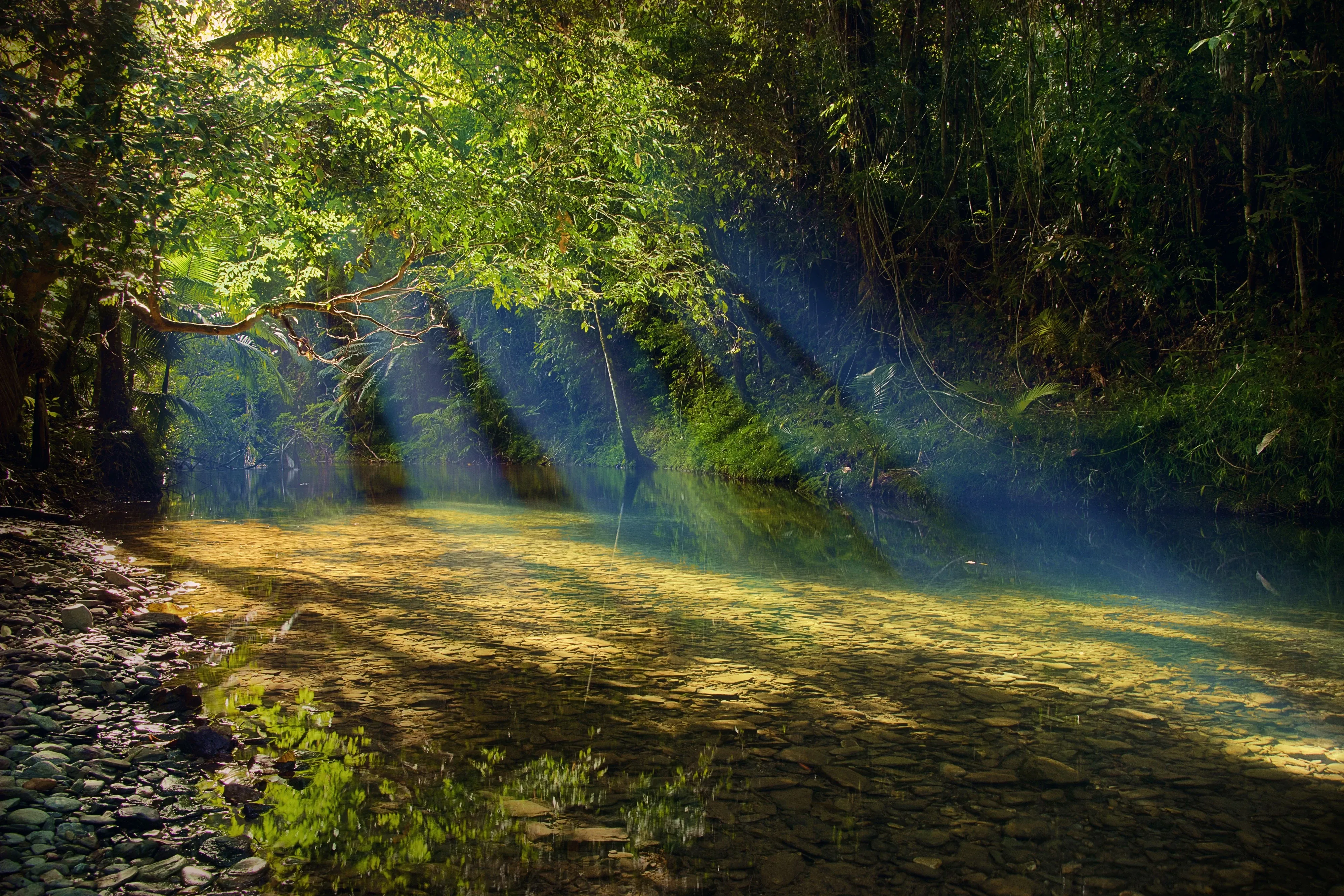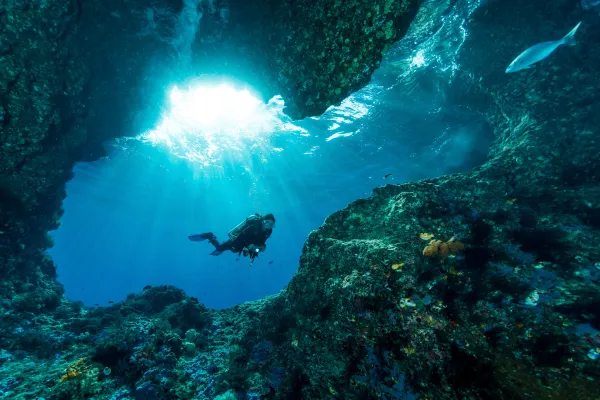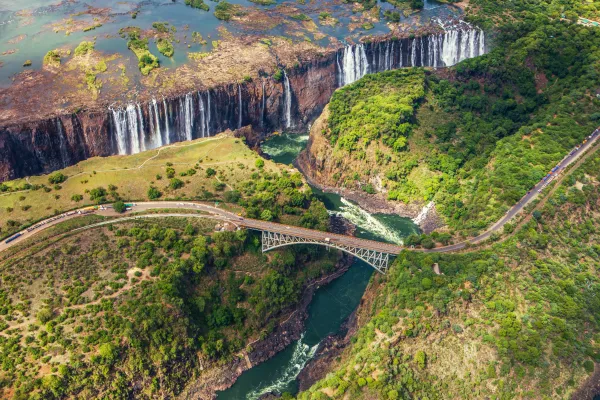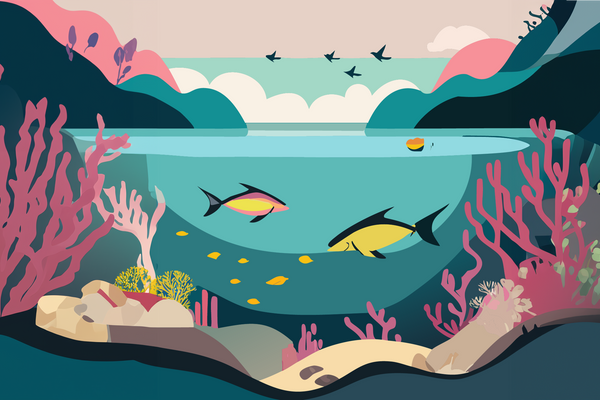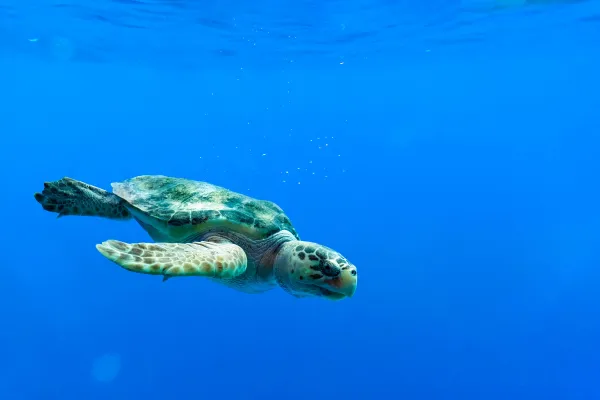Daintree Rainforest - Australia’s natural wonder
Sir David Attenborough has described the Australian Daintree Rainforest as ‘the most extraordinary place on earth’ - and we agree. This ancient tract of jungle has survived for over 130 million years, making it the planet’s oldest rainforest. Moreover, it supports a wealth of fauna and flora, from centuries-old trees to rare and endangered animals.
One of the world’s most ancient and extraordinary ecosystems is located on a strip of coast called the ‘Wet Tropics’. Nestled between the Pacific Ocean and Australia’s Great Dividing Range, Daintree Rainforest is an ecological miracle: It has survived for approximately 130 million years, through cataclysmic environmental shifts and natural disasters.
Furthermore, this ancient jungle occupies an optimal spot on the planet. As condensation blows in from the ocean, it is trapped against this formidable massif, feeding the rainforest with life-giving moisture. Consequently, this age-old habitat provides a sanctuary for myriad plants and animals, including many species vulnerable to extinction.
1. Flora and fauna of Daintree Rainforest
The Australian government has long recognised Daintree Rainforest’s ecological significance. They declared it a national park in 1988, ensuring the preservation of this precious environment for the long-term. Consequently, Daintree remains a haven for some of the country’s most threatened flora and fauna. In fact, it contains more rare and endangered wildlife species than anywhere else on Earth.
Flora: Daintree's lush plant variety

Daintree Rainforest is a botanist’s dream, with over 3000 recorded plant species. Ancient trees form a neat canopy high above the jungle floor. Despite their diversity, the jungle’s botanical giants are driven by a common motivator - the need for sunlight. Consequently, they have developed remarkable adaptations to attain this goal. Constantly vying for the sun’s rays, some of Daintree’s trees reach over 40 metres high.
Other plants piggyback on these arboreal giants for survival. Jungle vines snake up their lofty trunks towards the light, while epiphytes sprout from their trunks and branches. Epiphytes are plants that attach themselves to other botanical species and use them to source sunlight and sustenance. Moreover, these superbly adapted species tap into their hosts to absorb the nutrients they produce by photosynthesis. However, the deal is not a one-way street but a reciprocal one. Epiphytes catch the host tree’s fallen leaves and transform them into compost. The nutrient-rich mulch nurtures both species in a perfect example of symbiosis.
Below the jungle’s dense tiered canopy, a different - yet equally complex - botanical system exists. Ferns, mosses, cycads, and other shade-loving plants thrive in the filtered light of the forest floor. Similarly, a variety of mushrooms also sprout from rotting branches and the rich compost of fallen leaves.
Have you heard of Gondwanaland before?
On Australia’s northeastern coast lies an extraordinary ecosystem - the world’s oldest rainforest. It is the last remnant of an ancient jungle that once sprawled across a supercontinent - Gondwanaland. This vast land mass encompassed all the southern continents we know today. However, somewhere around 150 million years ago, elemental forces caused it to splinter into pieces. Like other continents that drifted off, Australia acted like a giant Noah’s Ark. It floated away with myriad species, many of which are now found nowhere else on Earth. Over the years, some survived; others became extinct. The country is still dotted liberally with pockets of incredible biodiversity.
Fauna: The inhabitants of the Daintree Rainforest
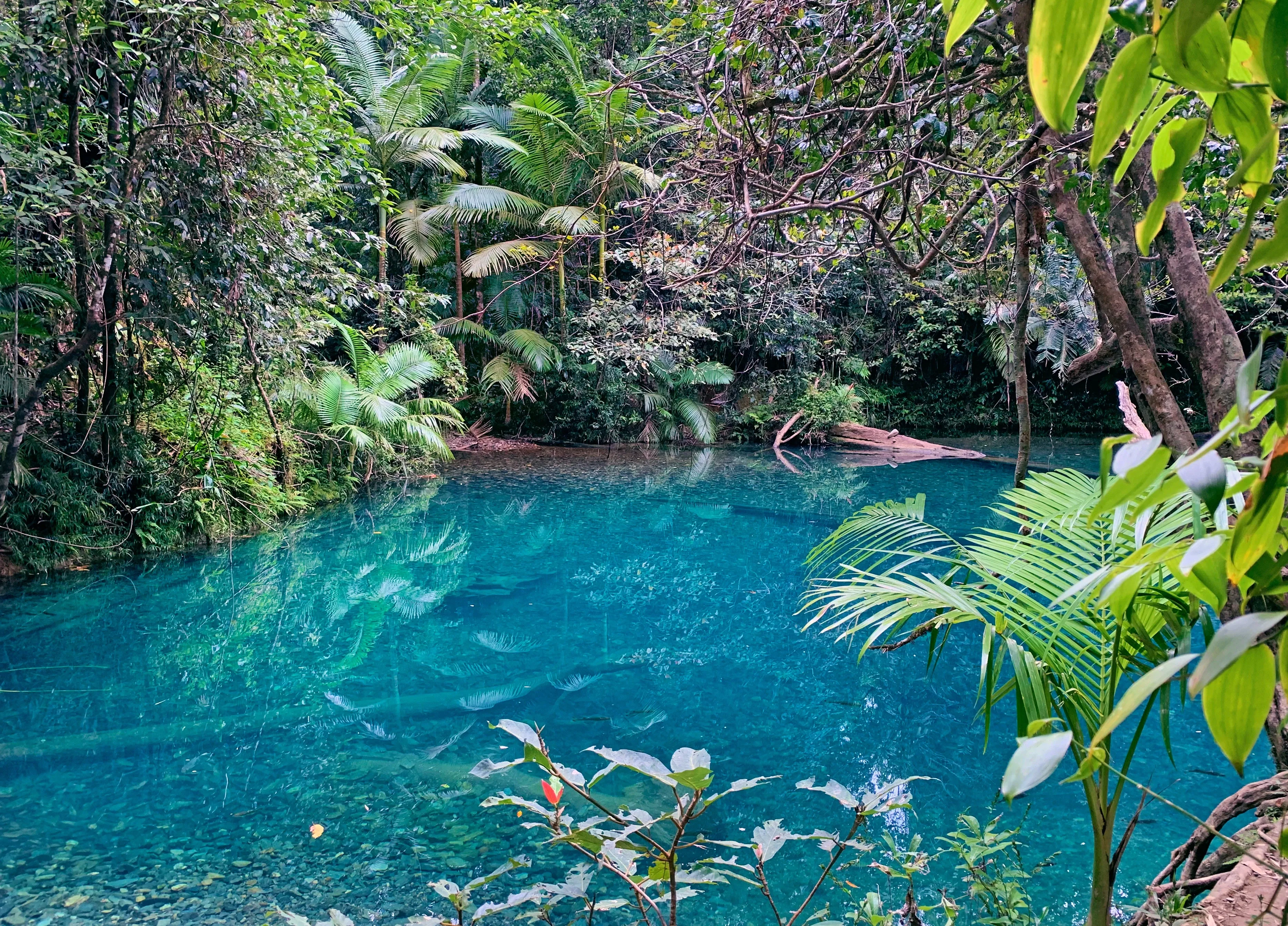
The fauna of the Daintree Rainforest is equally as exceptional as its flora. It supports roughly a third of Australia’s marsupial, reptile, and frog species, over 430 different birds, and 12 000 insects. Many of Daintree’s indigenous species have developed artful camouflage strategies that help them blend seamlessly into the environment. Therefore, much activity may elude the human eye at first glance. However, the rainforest’s hiking trails will reward visitors who explore them slowly and patiently with outstanding wildlife sightings.
Reptiles and amphibians

Countless reptile and amphibian species inhabit the Daintree Rainforest. Among its most interesting reptilian inhabitants is the Boyd’s tree dragon. This prehistoric-looking animal occurs solely in the Wet Tropics and resembles a miniature dinosaur. The tree dragon has developed smart tactics to avoid one of its primary predators - the python. Pythons can detect infrared light, which its fellow cold-blooded animals absorb while basking in the sun. Most reptiles depend on sunlight to regulate their body temperature and, therefore, for their survival.
Boyd’s tree dragons allow their body temperature to fluctuate with the temperature around them. Consequently, they can remain motionless on shaded tree trunks or branches for most daylight hours. This prevents them from absorbing light and becoming red-hot targets for pythons after dark. The tree dragon’s wily evolutionary tactics may sometimes outsmart its most formidable predator. However, pythons have developed other biological mechanisms to ensure their survival. Their jaws contain a sensory organism that allows them to detect warm-blooded prey via heat.
Furthermore, Daintree Rainforest is home to some of the world’s rarest and most impressive amphibian species. Arguably, the most iconic of these is the white-lipped tree frog - the world’s largest tree frog. Occurring only in Australia, white-lipped tree frogs can grow up to 14 centimetres in length. Although they range in colour from bright green to pale brown, white-lipped frogs share a common defining feature. As their name suggests, these amphibians have a bright white stripe along their lower jaw.
Mammals, birds, and insects
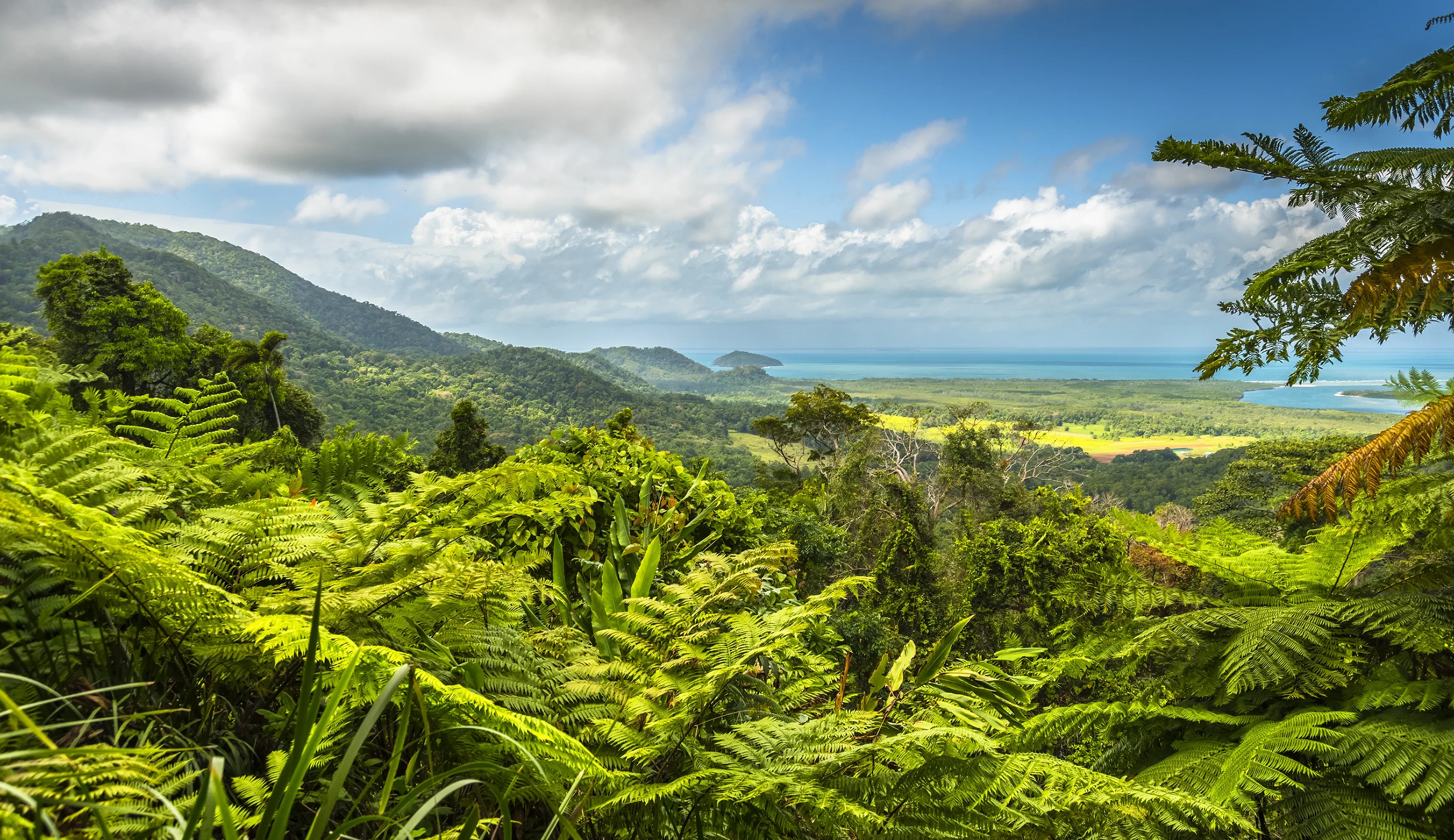
Daintree Rainforest supports over 100 mammal species, including many rare and endangered animals like the Bennett’s tree kangaroo. This unique marsupial occurs only in the Wet Tropics and is on the IUCN’s red list of Near Threatened species.
Additionally, the region is home to Australia’s smallest kangaroo - the musky-rat kangaroo, which occurs exclusively in northeastern Australia. Another fascinating mammal resident is the spotted-tail quoll. These cat-sized marsupials are among Australia’s few carnivorous wildlife species. When threatened, they send out a haunting, high-pitched shriek to deter predators and alert other quolls of danger. Flying foxes, echidnas, and platypuses also form part of the forest’s diverse mammal menagerie.
Daintree Rainforest’s birdlife is equally captivating; its many avian species include lesser sooty owls, pied monarchs, azure kingfishers, Australian pelicans, and Victoria’s riflebirds. Daintree is also one of the few places to see the endangered southern cassowary in the wild. These large, flightless birds prefer to feed on fruit and are critical seed dispersers. However, they will also eat fungi, carrion, small vertebrates, and insects. A 1993 survey revealed less than 60 remaining southern cassowaries in the Daintree Rainforest. However, the population has recovered due to conservation efforts. Scientists estimate that there are now approximately 500 cassowaries in the rainforest.
2. What to do in Daintree Rainforest
Daintree Rainforest’s pristine woodlands, sparkling coast, and rich wildlife present myriad activity options. Visitors can explore the region’s hiking trails, plunge into its refreshing rock pools, and camp under star-studded skies. Alternatively, the rainforest encompasses several eco-lodges featuring hot water and other creature comforts. Furthermore, Daintree has excellent delis and restaurants that source their produce from regional farms, orchards, fisheries, and growers.
To learn more about the region’s history and ecology, visit the Daintree Discovery Centre. The venue’s viewing platforms and canopy walkways allow visitors to experience the forest and its wildlife from a different perspective. Furthermore, you can explore five other walking trails with audio guides in multiple languages.
3. Getting to Daintree Rainforest
Daintree Rainforest lies approximately 50 kilometres north of Port Douglas and 100 kilometres north of Cairns. The easiest way to reach the rainforest is to fly into Cairns International Airport. From there, you can rent a car and self-drive to Daintree or book a private or group tour bus.
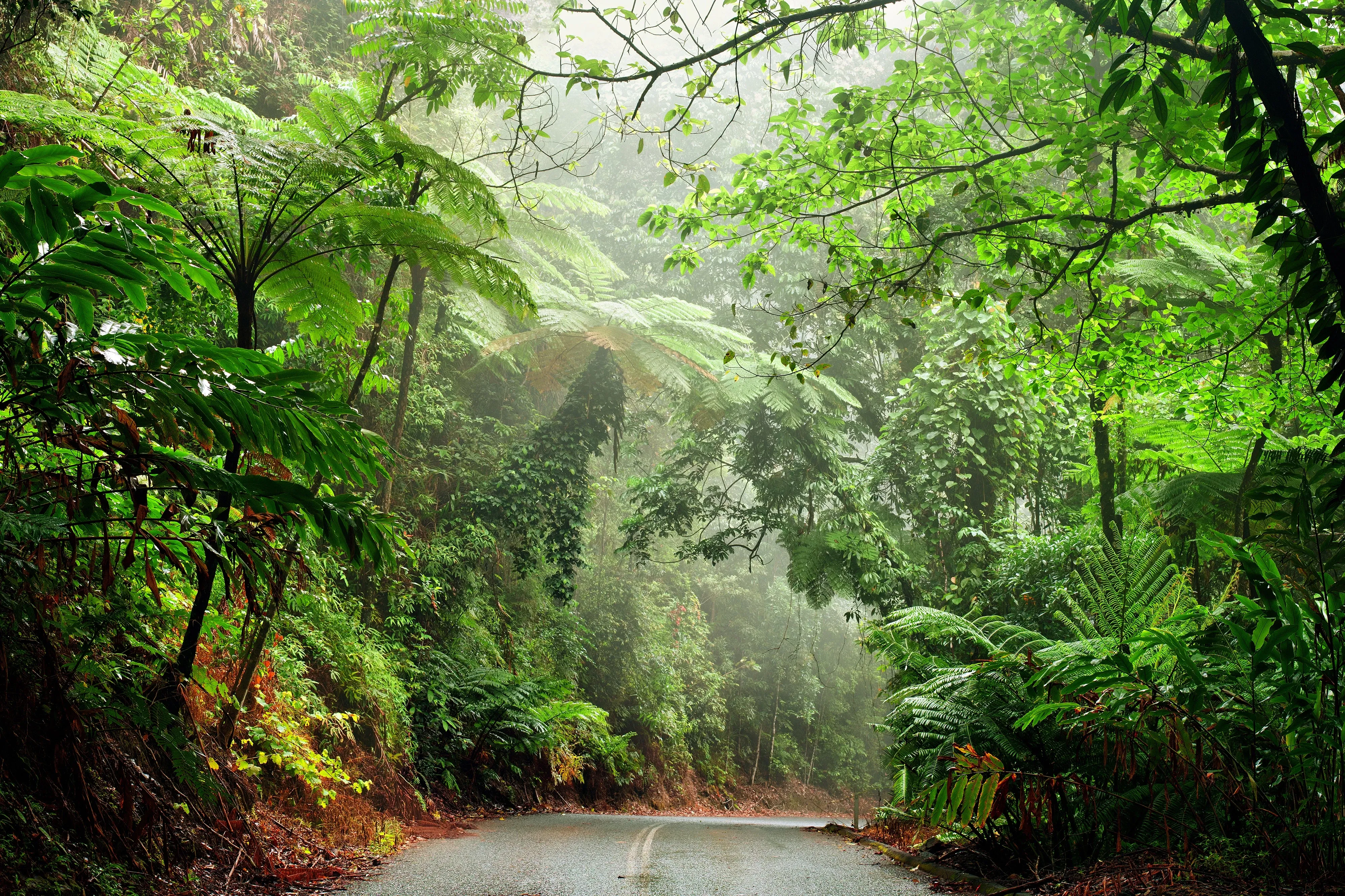
4. An environmental legacy
Few places on Earth have withstood such violent elemental forces and planetary upheaval as Daintree Rainforest. While fan palms now occur solely in the Wet Tropics, scientists have discovered fan palm fossils in Antarctica. Their presence on this icy continent reveals how much the world has changed over the millennium. Furthermore, it is a testament to the incredible resilience of this ancient ecosystem which is definitely worth a visit.
Sign up for the newsletter
By clicking on “Subscribe now” I will subscribe to the Conscious Explorer newsletter with all the information about mindful travel. Information on the success measurement included in the consent, the use of the shipping service provider MailChimp, logging of the registration and your rights of revocation can be found in our privacy policy.


